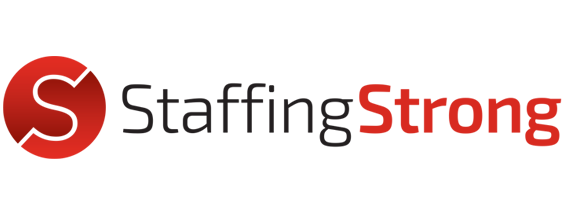
31 Jan How to Retain and Engage Talent During Tech Layoffs
It’s no secret that months of layoffs across big tech and other industries have rattled the workforce and any sense of job security professionals maintained throughout The Great Resignation. In the last year, more than 130K professionals have been laid off in technology even though the recession hasn’t been extreme and the economy is already showing signs of recovery. Inflation and rising interest rates sent shock waves throughout big tech and publically-traded companies dependent on loans.
Google just laid off another 12K employees, 6% of its workforce, and Spotify, among other significant players, have announced that they are following suit. The departures are popping up on your employees’ social feeds in real-time. Their colleagues, friends, or influencers they follow were laid off via automated email regardless of tenure or being on maternity leave. The posts are nonstop, and they are making your teams anxious.
Retaining Talent is Critical in Any Economy
Whether or not they are asking, employees are worried about job security. Suppose they consider their position at risk or the industry vulnerable. In that case, it’s not a giant leap to expect them to investigate what other careers are out there at organizations that are still growing. While the dynamics of the job market are quickly evolving, one thing hasn’t changed, rehiring is expensive. It’s costly to recruit, retrain, and meet salary and bonus expectations during extended inflation.
The good news? There are easy steps your management team can take to keep team members engaged and retain your most valuable business asset, your talent. Focusing on employee retention and engagement is always a good idea.
Retention starts with your recruiters.
Your application, screening, and interview processes are all key to empowering greater retention after hiring employees. That means pinpointing the company values, benefits, and parts of the culture you want to highlight to candidates and eventual hires to make an impactful first impression. You also want to seek out those organizational values in your job candidates and find that alignment helps fuel long-term retention. The longer employees stay at their employers, the more productive they are.
Think of recruitment, hiring, and talent development as the long game. You can never stop investing in your workforce, ensuring every team member is completely engaged and aware of your organization’s latest win and its critical role in making them possible.
You also want to focus on recruiting candidates who have long-term employment potential written all over them. Have they worked in their current or previous positions long-term or through ups and downs? Don’t just go off of what’s on the resume. Even shorter stints can indicate layoffs or reorgs outside the candidate’s control, but don’t be afraid to ask. Interviewees who share their involvement in team sports, volunteer work, or other activities outside of work also show the ability to invest in a cause or a team and dedicate themselves to the long haul.
Provide clear opportunities for career growth and advancement.
Opportunities for career development drive millennials and zennials. As many as 80% will leave a company that doesn’t invest in their education and professional growth. Employees will also have more at stake with your company if you regularly promote from within rather than bringing in outside talent to fill all your leadership positions. Tapping into your existing talent shows employees their skills and work are valued and a key part of organizational success. In this way, employee development and education are mission-critical.
Managers must work with individual team contributors to identify professional and career development opportunities uniquely fitted to their interests, skills, goals, and how they can bring more value to your business. Ideally, pinning these career development initiatives starts with an assessment or discussion, feedback and coaching, and a shared understanding of each employee’s strengths and motivations.
Make sure employee education isn’t an afterthought. Instead, actively invest in workforce career development as a critical focus across departments. Investing can help you retain your top talent and intellectual property while constantly bringing new skill sets into play company-wide.
Be transparent with regular insights into business performance and budgets.
In times of economic uncertainty, employees want to know that they should stay engaged and continue investing in their jobs—that they won’t become another layoff statistic. In team meetings and company town halls, addressing these concerns head-on is essential, answering questions openly and honestly. While you may not know what the future holds, you can ease minds or level set with insights into the organization’s fiscal goals and financial performance. And if you are committed to avoiding layoffs, that’s important to communicate too. You don’t want to lose your top talent just because they are concerned they will lose their position at your organization.
Communicate actively and often with regular team meetings and monthly Town Halls, so employees don’t feel stagnant and left in the dark—both risk areas for them looking elsewhere to find more engagement and security.
Have more questions? Staffing Strong has answers.
At Staffing Strong, from recruiting to developing your talent, we’re ready to help. Our talent specialists explore what motivates job seekers and inspire current employees to increase retention rates. Contact us today to schedule a consultation.
Meet the Author
Evelyn Vega is the Founder and President at Staffing Strong and the Past President of the Phoenix American Marketing Association. Since 1999, she’s made her career about supporting her clients in building meaningful careers and partnering with businesses in finding quality hires. In her free time, Evelyn sits on various advisory boards and enjoys practicing on her drum set!

Sorry, the comment form is closed at this time.